Table of Contents
ToggleThe number of jobs in Project Management is increasing daily, and by 2030, the PMP certification can open doors to lucrative opportunities in dynamic industries such as IT, manufacturing, finance, and healthcare. With over 1.2 million PMP certification holders globally, those certified typically earn median salaries 16% higher (reaching up to 32% in the US) than their non-certified counterparts.
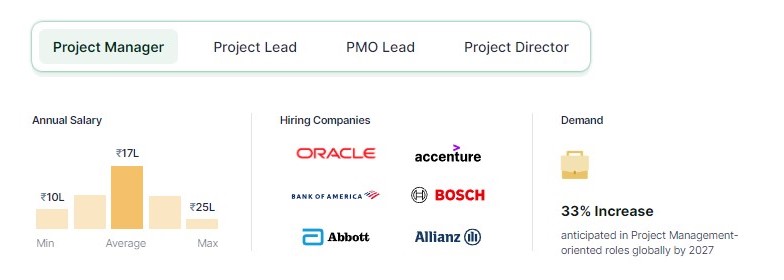
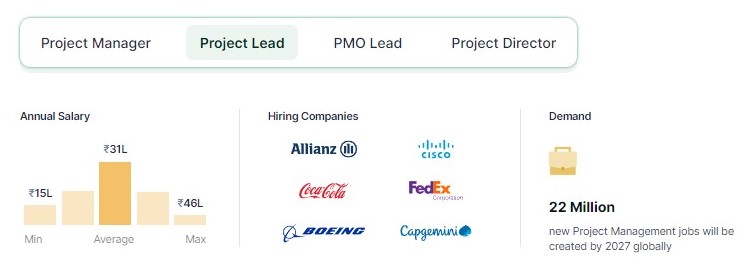
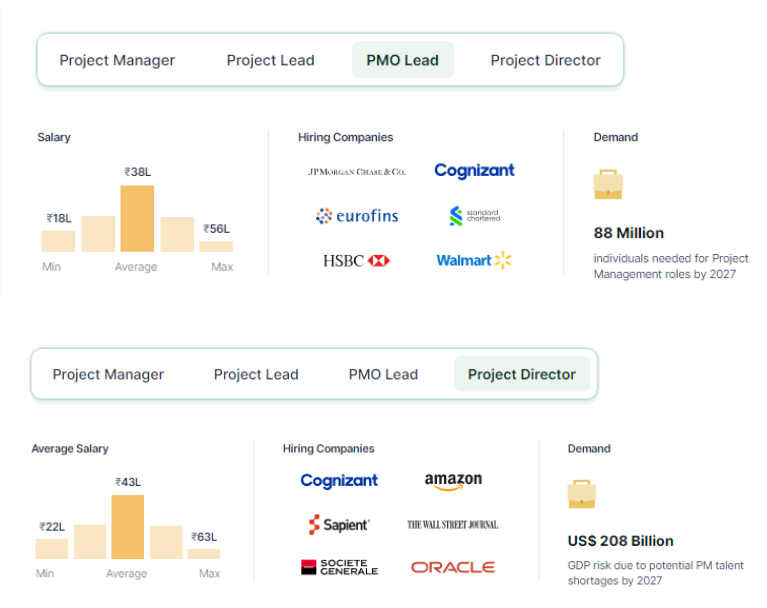
What is a PMP Certification?
The Project Management Professional (PMP)® certification, widely esteemed worldwide, is conferred by the Project Management Institute (PMI)®. PMI® defines PMP certification as the application of knowledge, skills, and techniques necessary for effective project execution.
Individuals aspiring to roles such as Project Manager, Project Executive, Associate or Assistant PM, or Team Manager often seek certification to validate their abilities. The globally renowned PMP® certification stands as a valuable asset on resumes. Not only does PMP® certification provide professionals with a competitive advantage in the job market, but it also correlates with higher salaries. Furthermore, the certification process equips candidates with proficiency in their core areas, facilitating efficient team management.
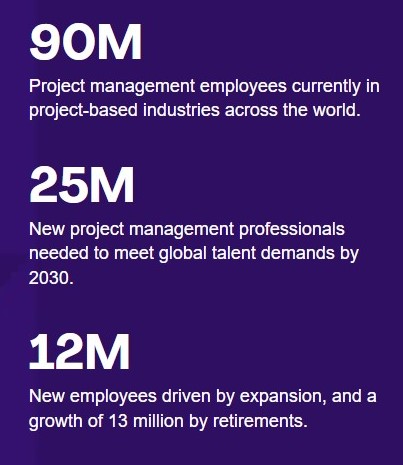
Image source: PMI
PMP Certification Requirements
To obtain a PMP certification, there are three steps that you need to take. First, you need to check if you match all the qualifications. Following this, you must document your experience related to past projects and training. The last step will be to complete the application process register and then appear for the training.
Check your Eligibility
Getting your PMP certification takes effort, which is why it’s so respected. If you already have experience in managing real projects, you’ve tackled the toughest part. Before you apply, check that you meet one of these sets of PMP Certification requirements.
Set 1:
- Four-Year College / University Degree
- 36 months of experience leading projects within the past eight years
- 35 hours of project management education/training or CAPM® certification
Set 2:
- High School or Secondary School Diploma
- 60 months of experience leading projects within the past eight years
- 35 hours of project management education/training or CAPM® certification
Relevant Past Experience:
This is quite an essential part as in this step you need to showcase what projects you have worked on and how much relevance they have as project management roles. According to the Project Management Institute (PMI), the following experience you must document.
Projects You’ve Led:
- Where you’ve worked
- Your role and responsibilities
- Duration of projects
Training You’ve Completed:
- Institutions attended
- Courses completed
- Qualifying hours
How to apply for the PMP Certification?
Step 1: Sign Up for PMI Membership and Apply
First, go to the PMI website and create an account. It’s a good idea to become a member of the Project Management Institute (PMI)® because it can save you money in the long run. There’s a one-time fee of $139 to become a member, but it comes with perks like lower application and exam retake fees.
The regular exam fee for non-members is $555, but as a PMI member, you’ll pay only $405.
Step 2: Complete PMP Certification Training
Taking a PMP Certification Training course fulfills the 35-hour education requirement. These courses are taught by experts and often include practice tests to help you get ready. Once you finish, you’ll receive a certificate recognized worldwide, which can help you land a job.
Step 3: Submit Your Application Online
If you meet all the PMI Certification Requirements, you can submit your application online. PMI usually responds within five business days. Once your application is approved, you’ll get an invitation to schedule your exam and pay the required fee.
Step 4: Pass the PMP Certification Exam and Get Your Certificate
To pass the PMP exam, you need to answer 180 questions in 230 minutes. The questions cover three main categories: Business Environment (8%), People (42%), and Process (50%).
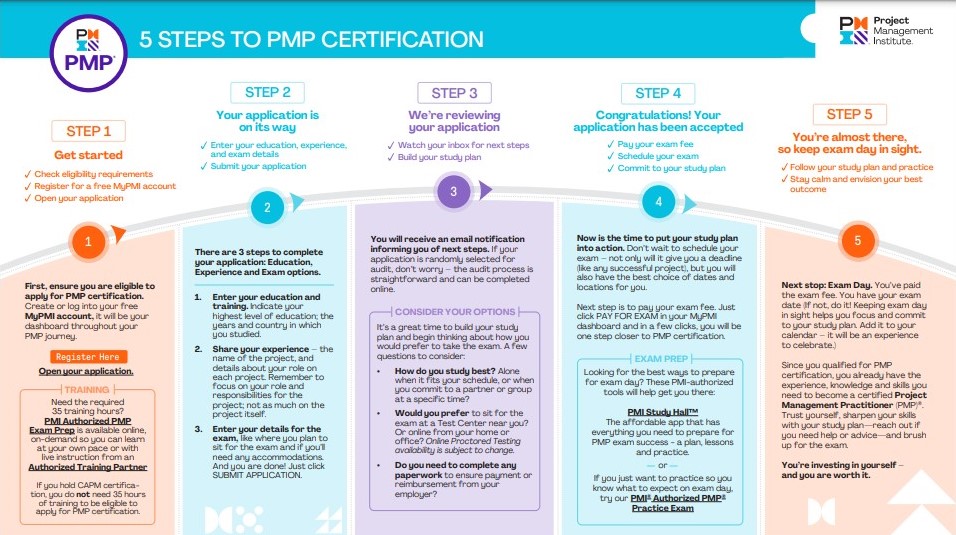
Image source: PMI
Conclusion
Looking for the best PMP certification? Check out our updated and the latest version of PMP Certification now!
The PMP certification requirements serve as essential criteria for individuals looking to progress in their project management careers. By fulfilling these prerequisites, including possessing relevant educational qualifications, accumulating project management experience, and completing mandatory training hours, candidates demonstrate their commitment to professionalism and competence in the field.
FAQs
What is the eligibility for PMP certification?
Ans: Ensure you fulfill one of the sets of PMP Certification prerequisites before you proceed with your application: Possession of a four-year college or university degree. A minimum of 36 months of project leadership experience within the last eight years. Completion of 35 hours of project management education or training, or holding a CAPM® certification.
Is an MBA required for PMP certification?
Ans: No, having an MBA is not a requirement for obtaining a PMP certification. However, you must have either a high school diploma, graduation certificate, or post-graduation certificate. Additionally, you’ll need relevant professional experience in project management and the completion of 35 hours of mandatory formal training.

© 2022 spoclearn.com